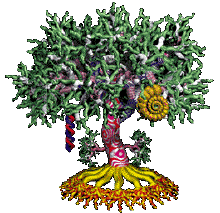...more recent posts
The article by John R. Quinn on the origins of golf course geese (AKA "Couch potato geese" AKA "Lawn carp"), which I was discussing with Alex, has disappeared from the Web. Fortunately I printed it out, so here's a relevant excerpt:
"In his [Audubon magazine] article 'The Geese That Came in from the Wild,' Jack H. Hope says that [golf course geese] (1.2 million birds in the East alone) now outnumber true wild geese by some 50%. The local honkers have their origins not in an accident of nature, Hope says, but--are you ready for this?--through the actions of government agencies. He notes that multitudes of the 'giant' race of Canada goose were held captive in the early 20th Century by former market hunters as live hunting decoys and in the 1930s, when the practice was outlawed, were either eaten, released into the wild, or sold. 'The U.S. Fish and Wildlife Service, along with most state wildlife agencies... bought thousands [of captive Canada geese], primarily from private flocks, and began captive breeding programs[...],' he writes, adding that over successive generations of captivity, the semi-tame geese, when released, had lost the instinct to migrate and seldom moved more than 50 miles from their birthplace. These 'farm-raised' birds were released to augment the populations of wild geese, which were in fact in decline due to hunting and habitat loss."
--from John R. Quinn, "The Canada Goose: Too Much of a Good Thing?" Nature Notes, HMDC - The Meadowlands of New Jersey (web publication)
